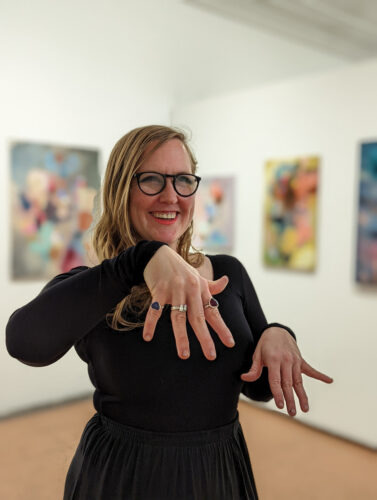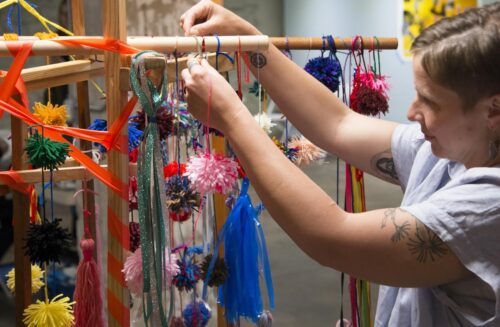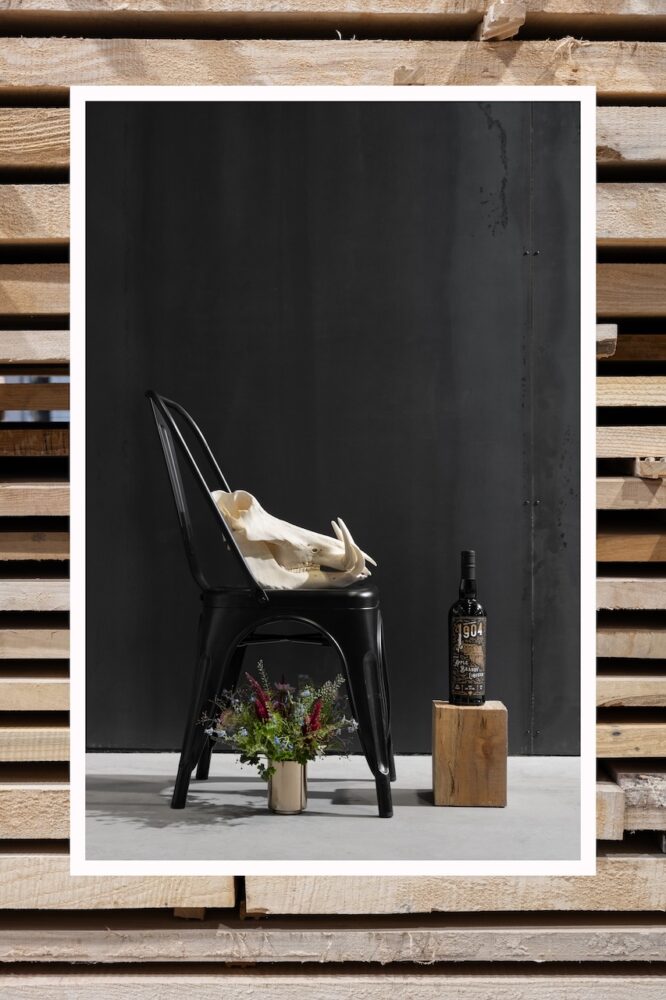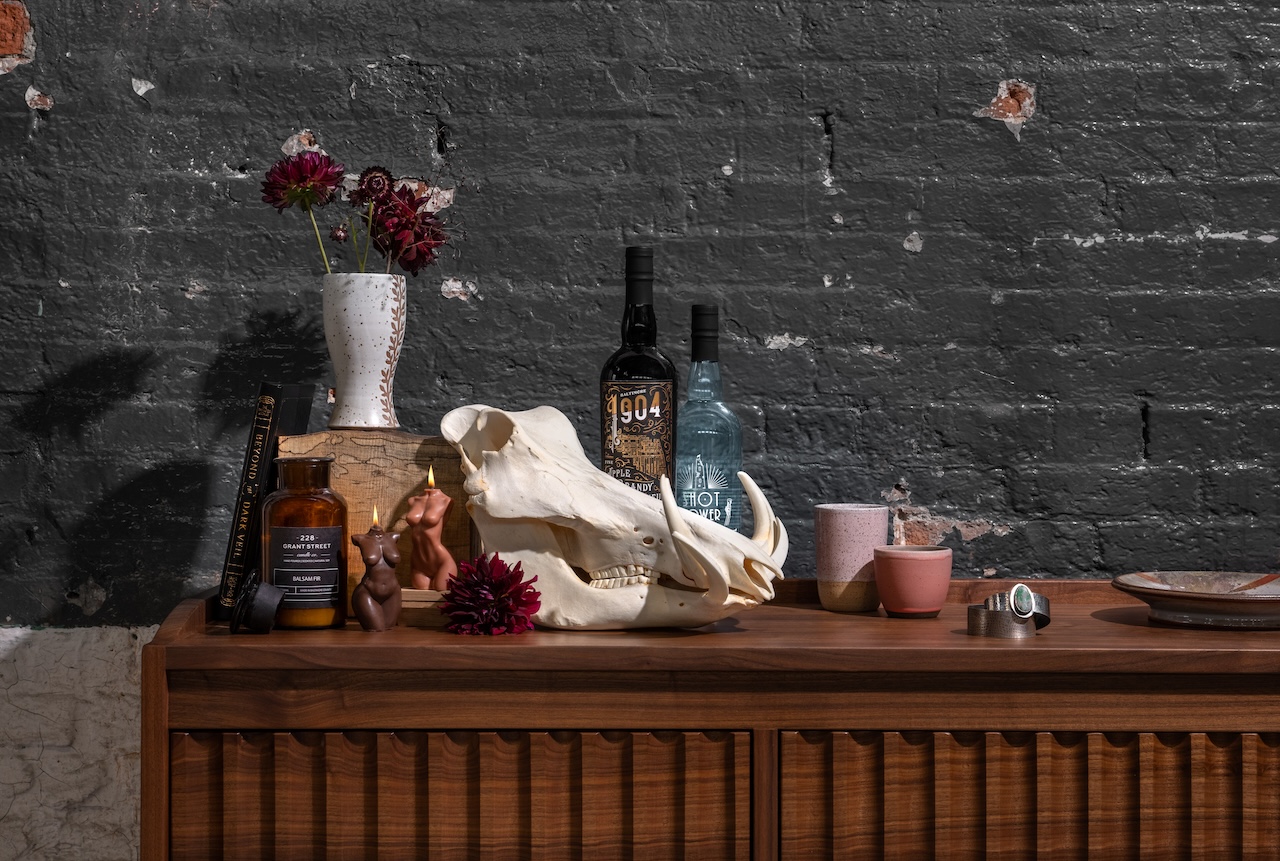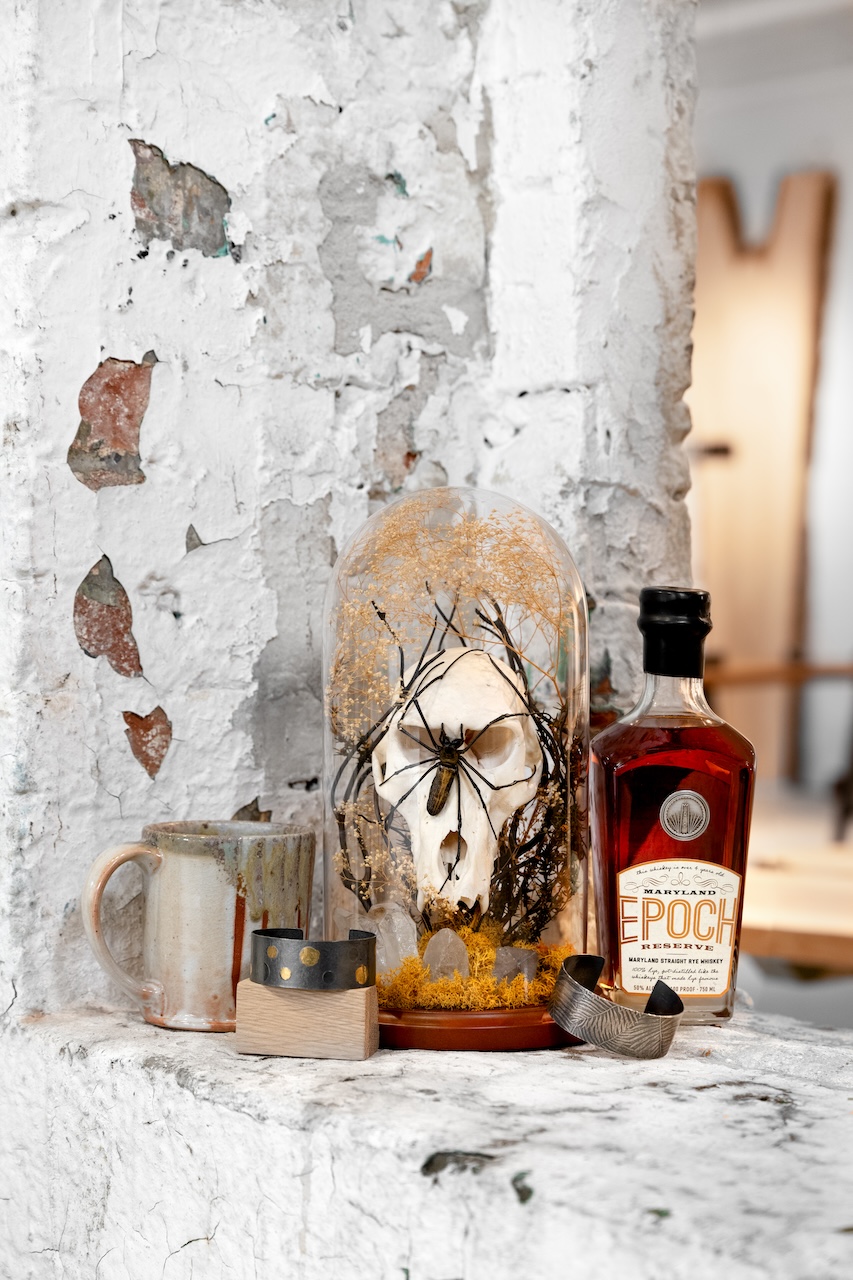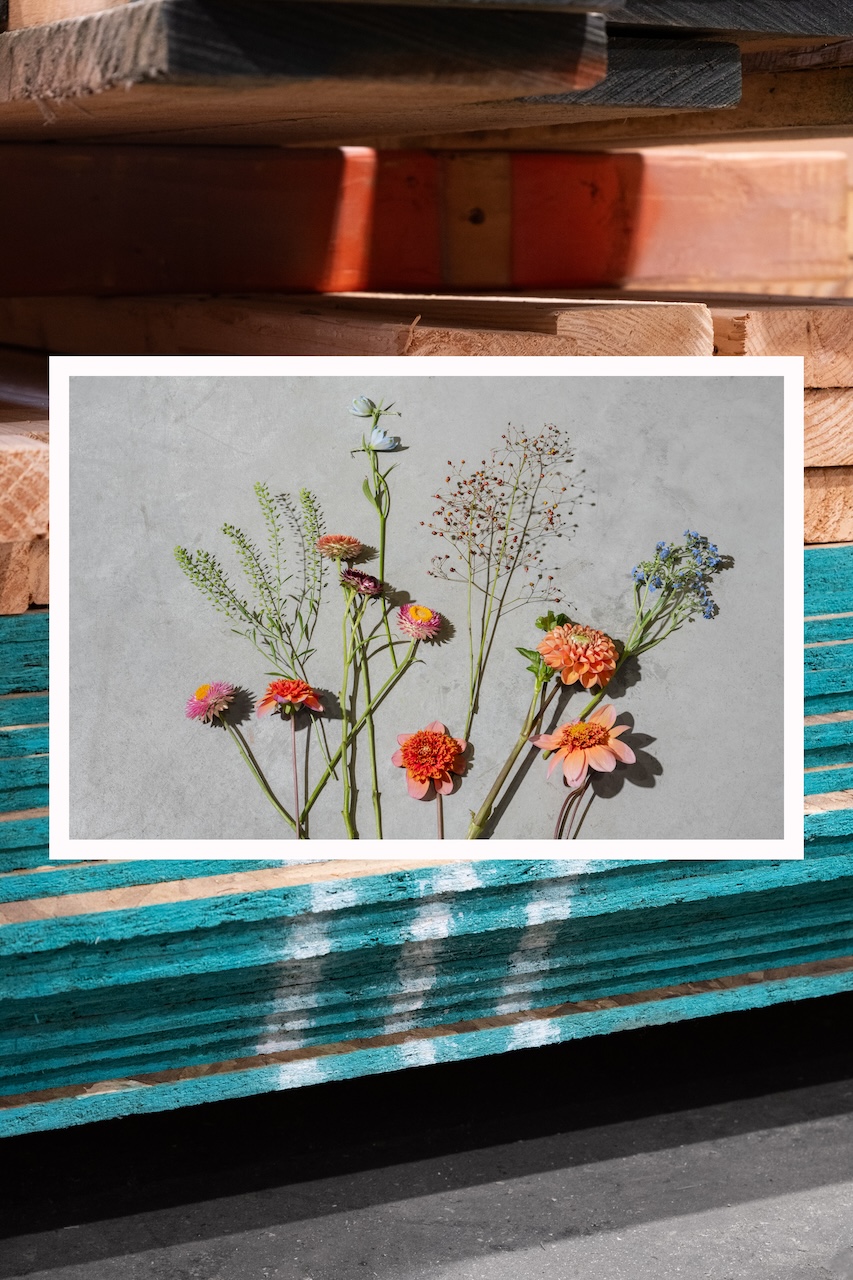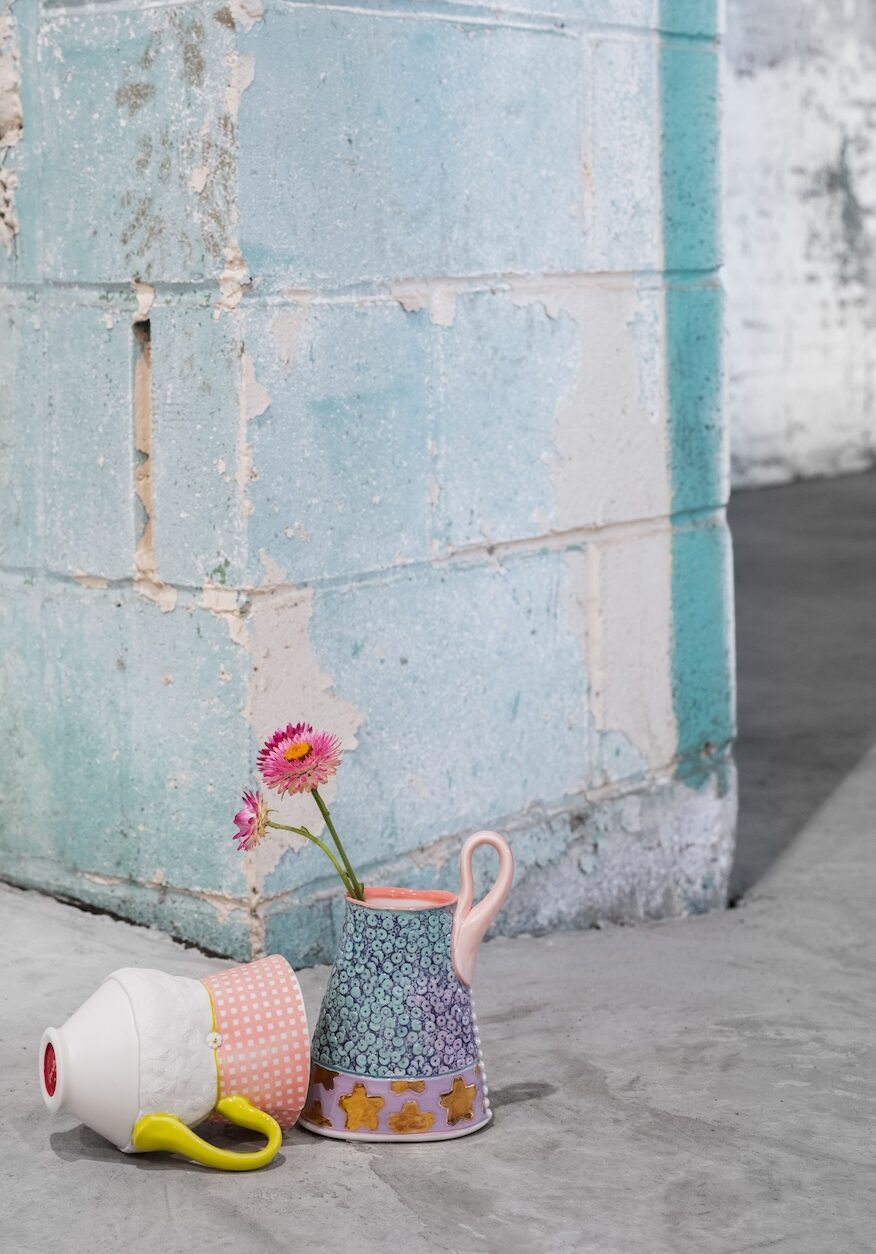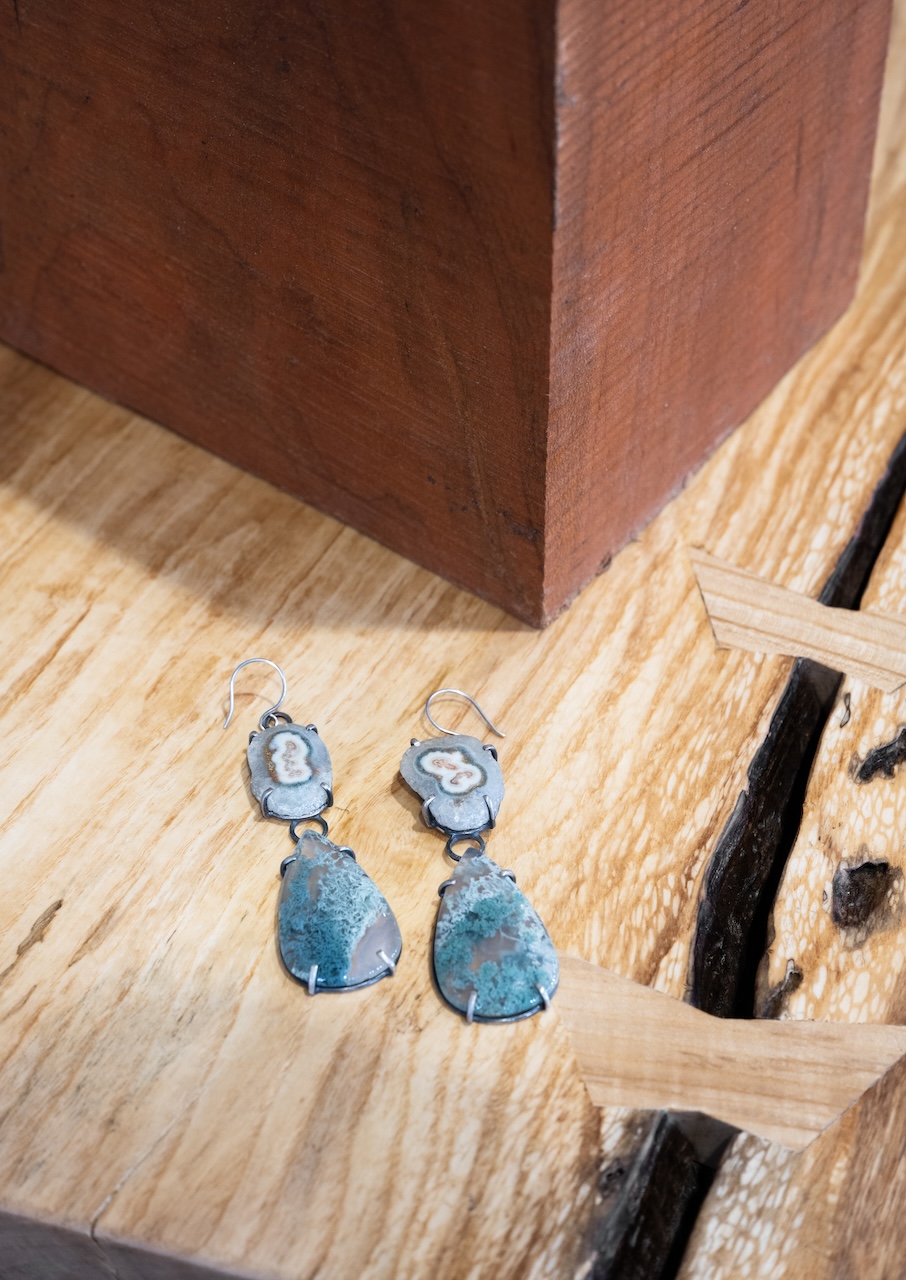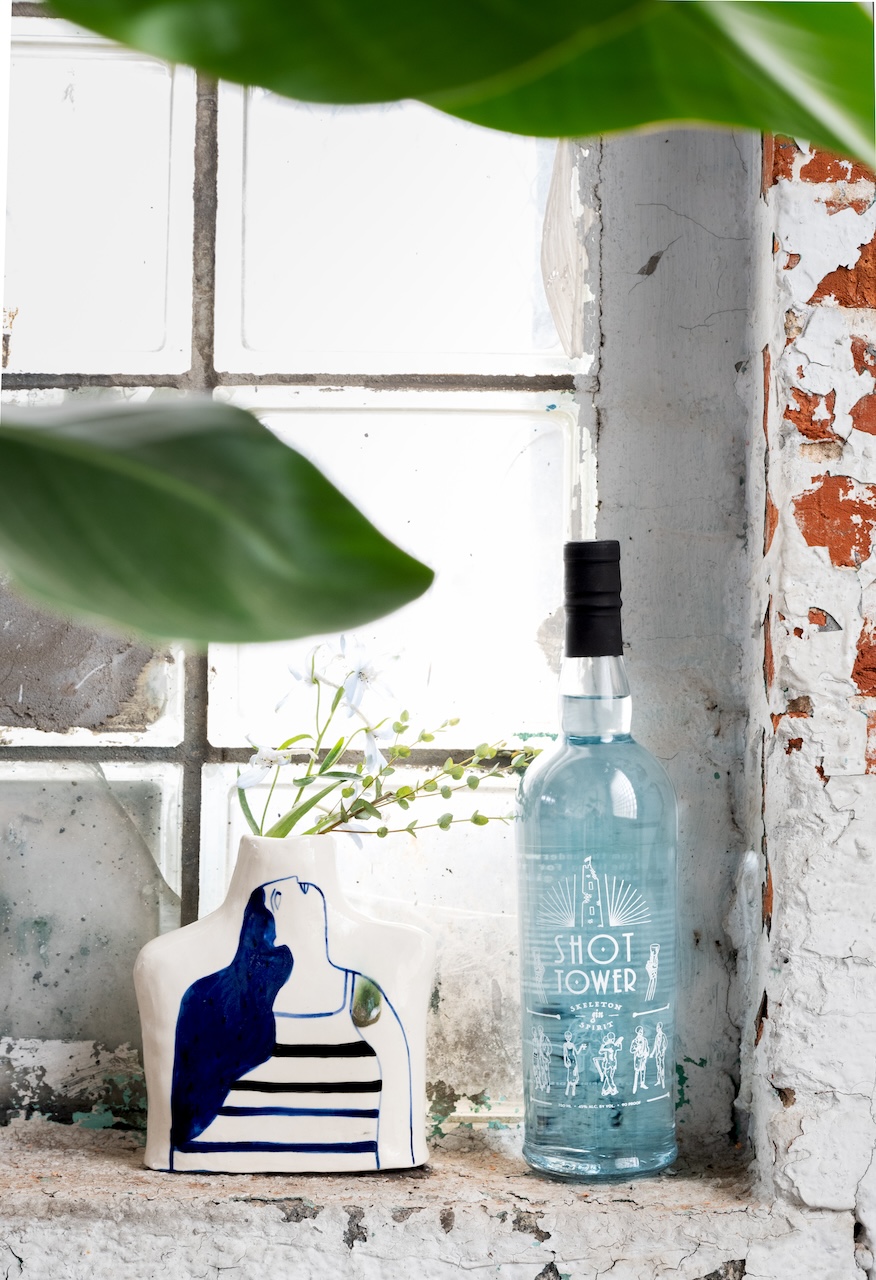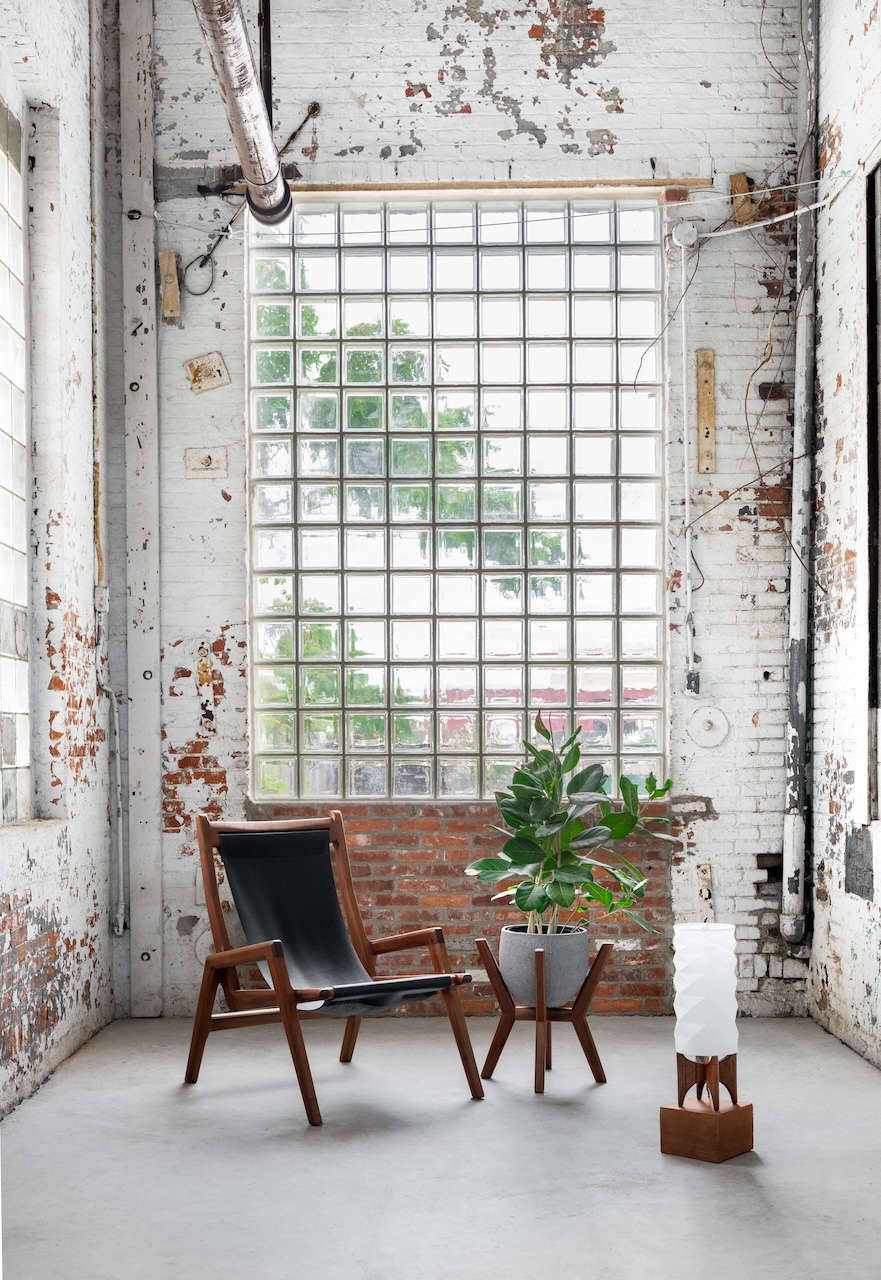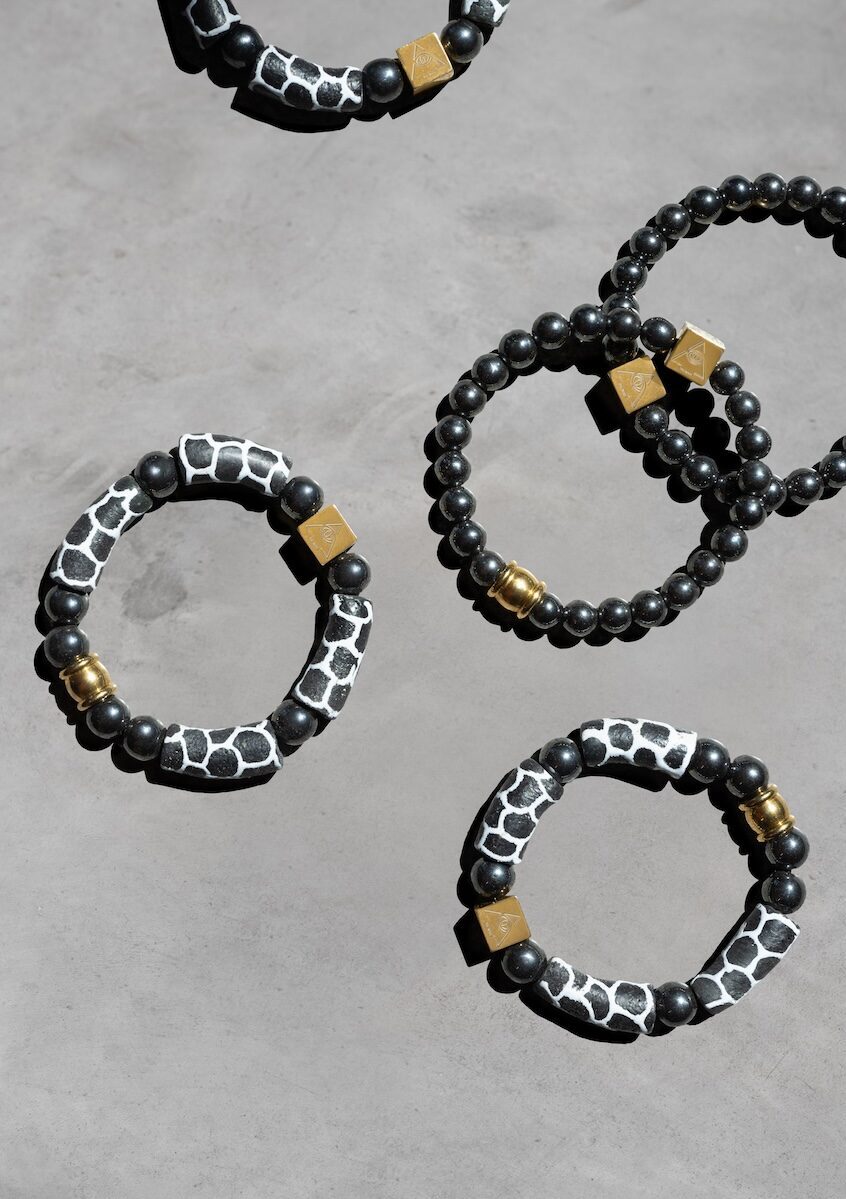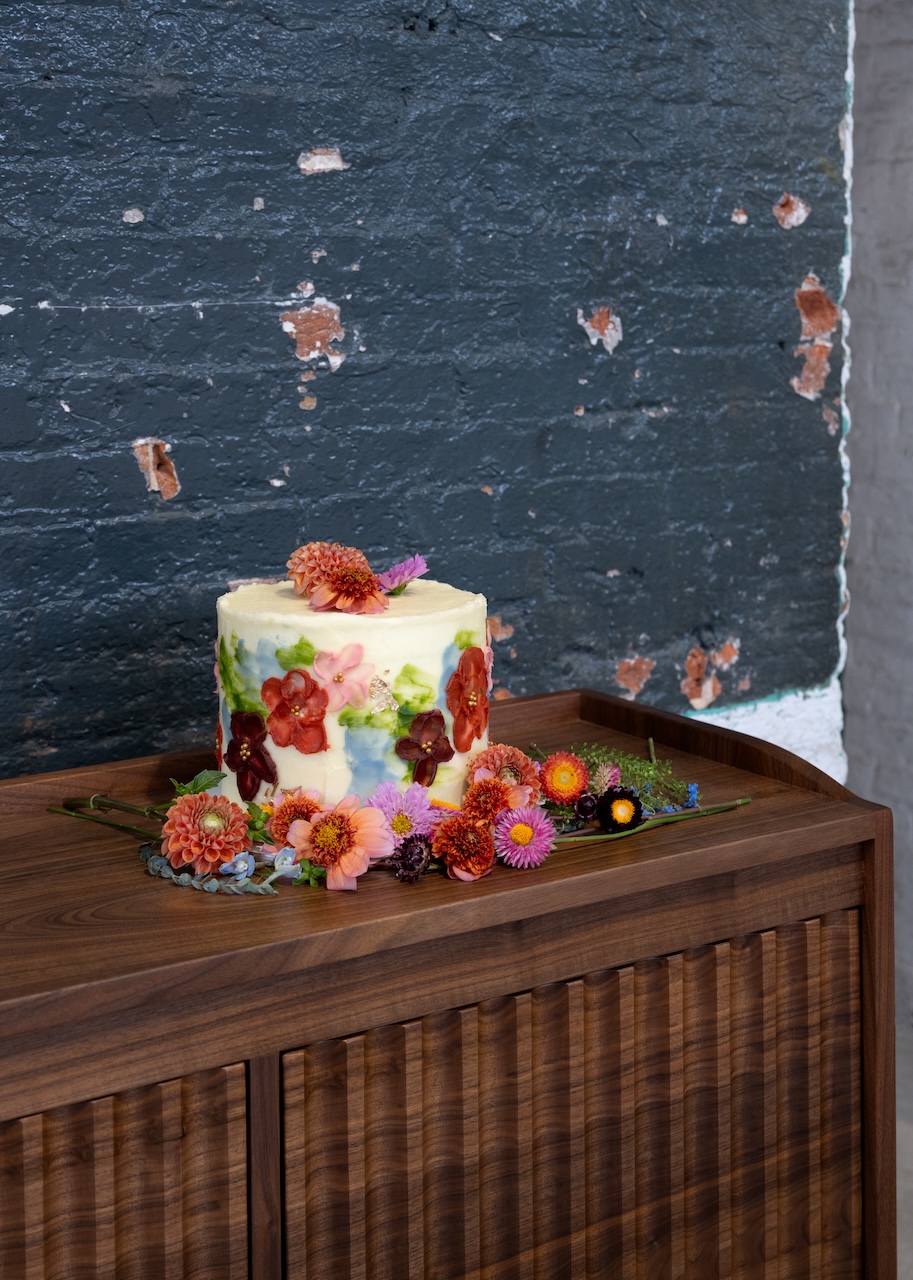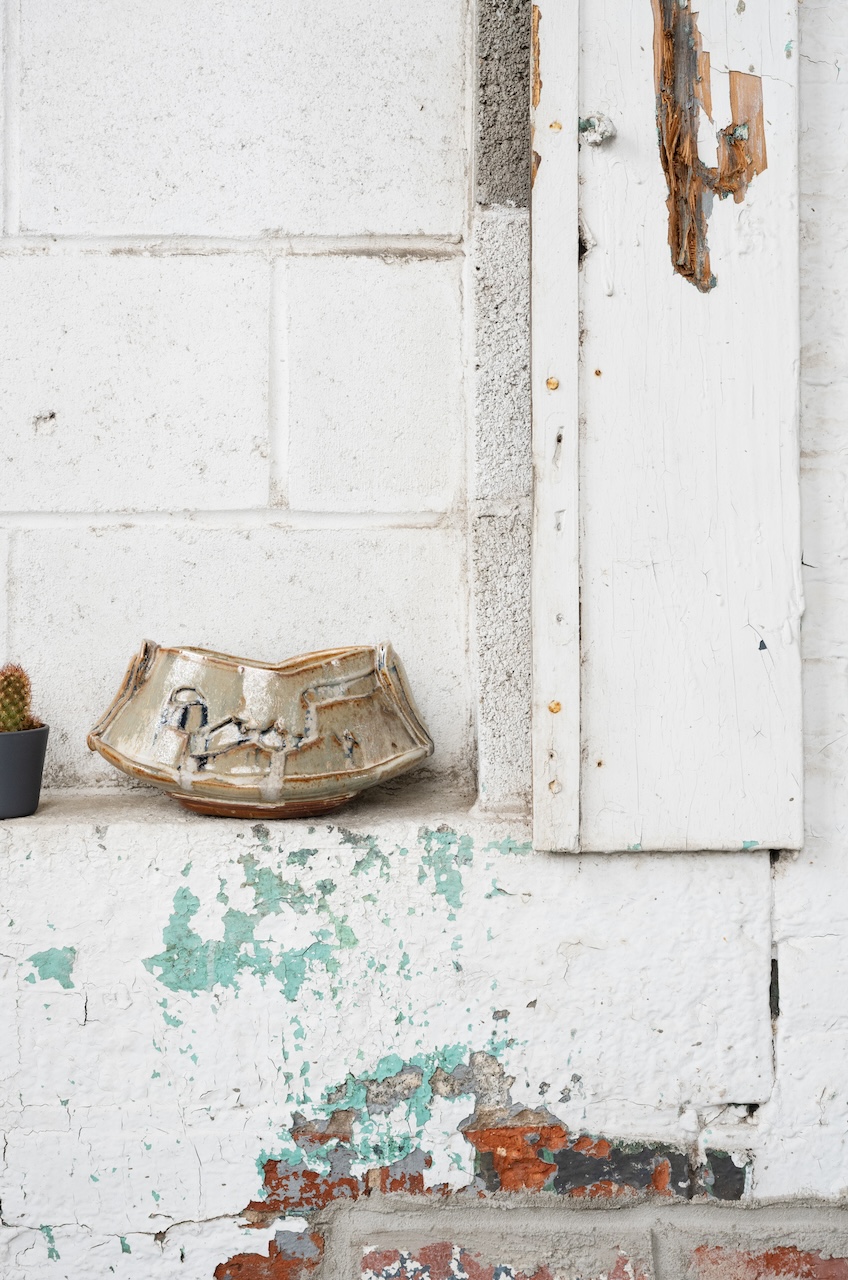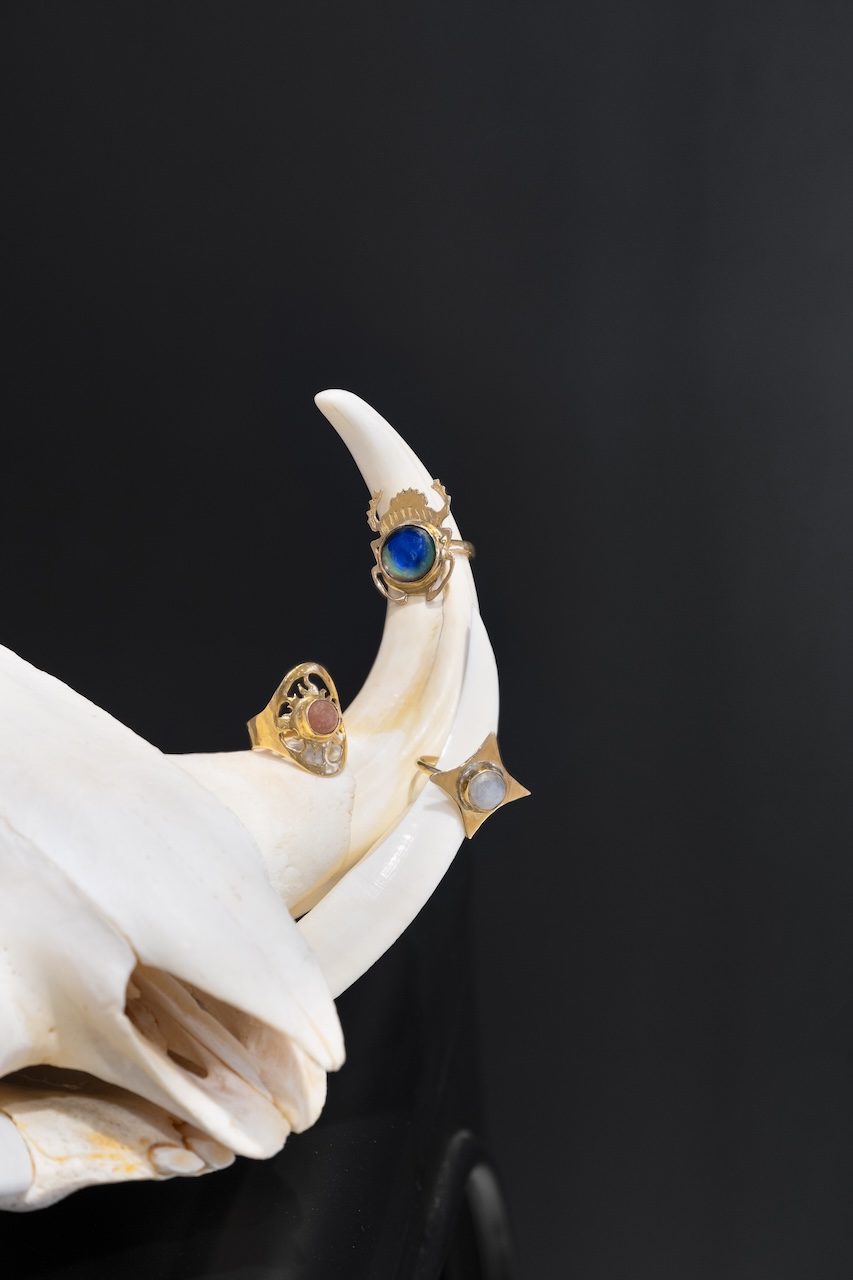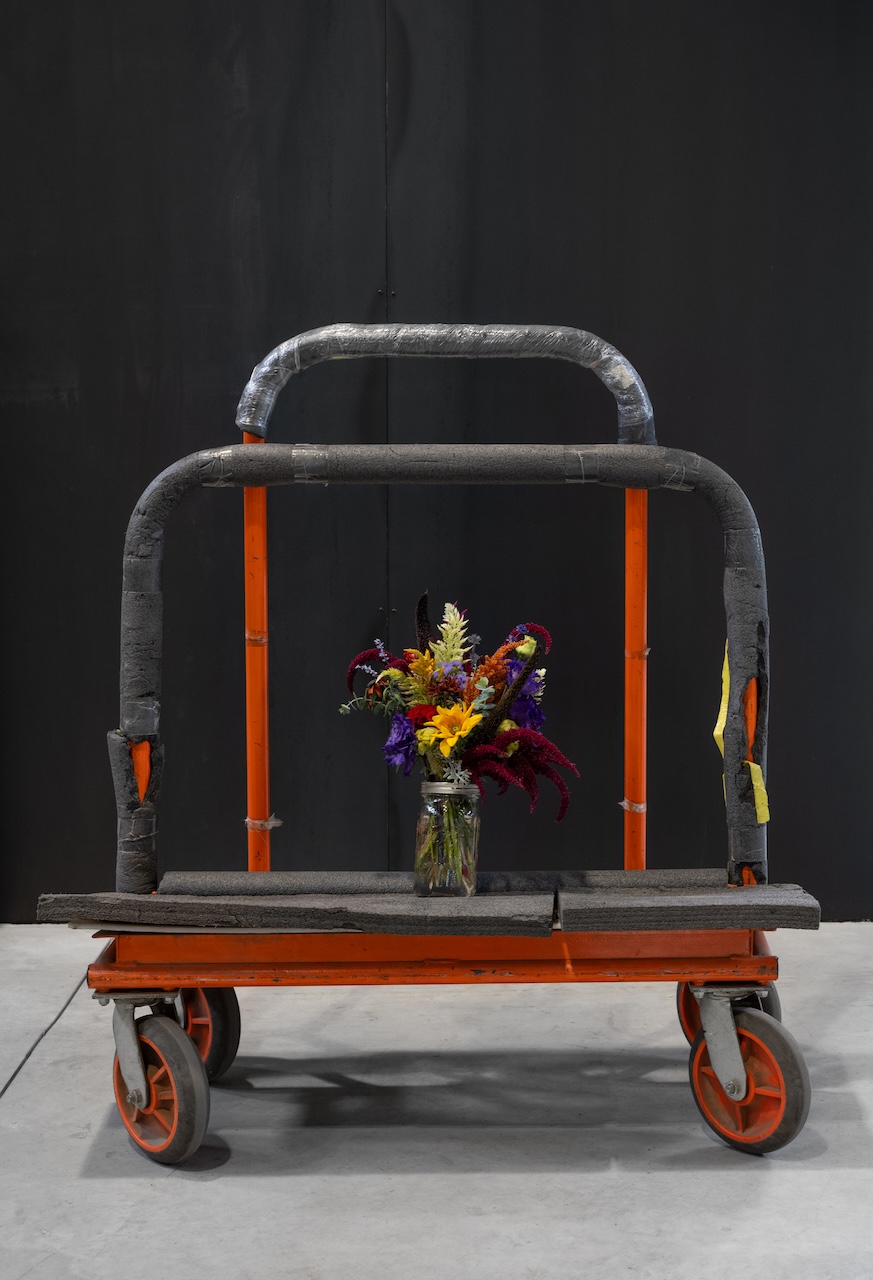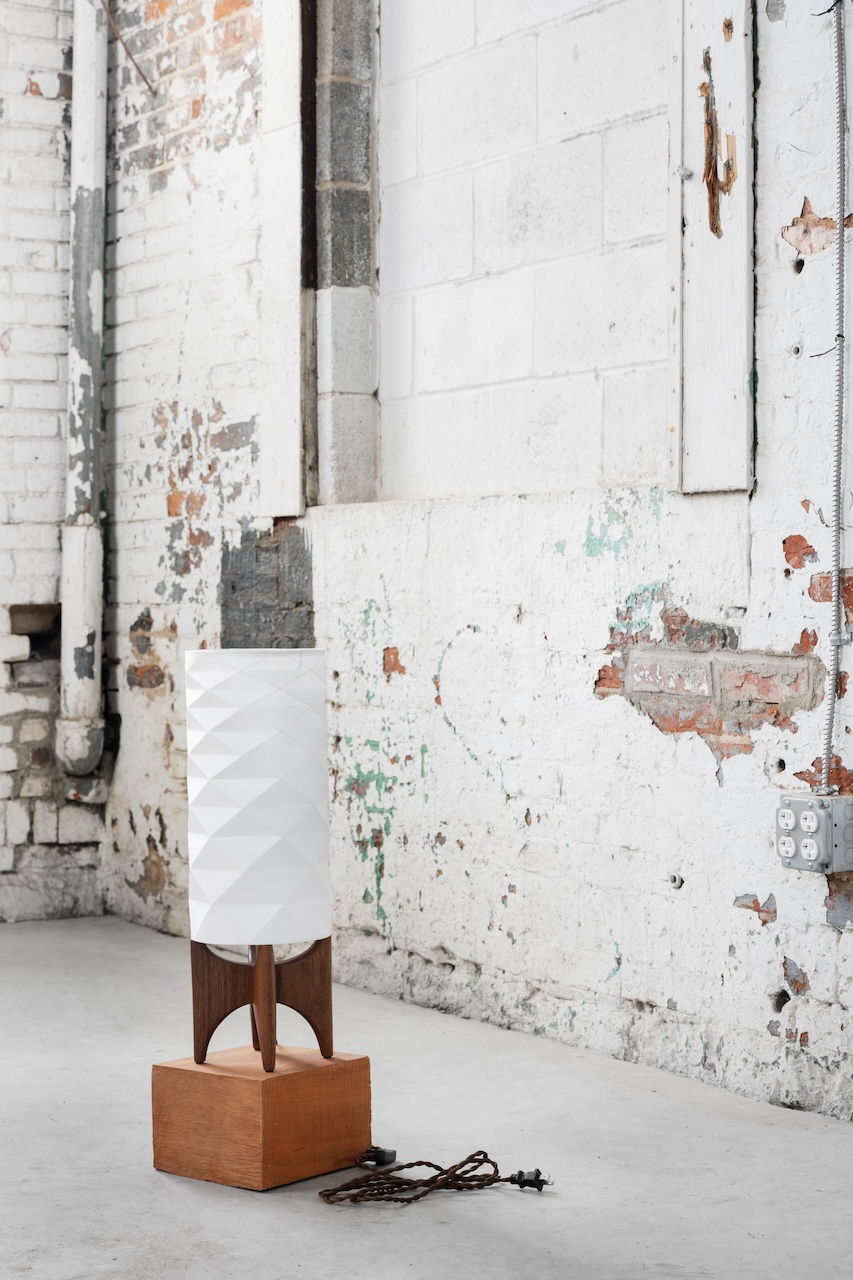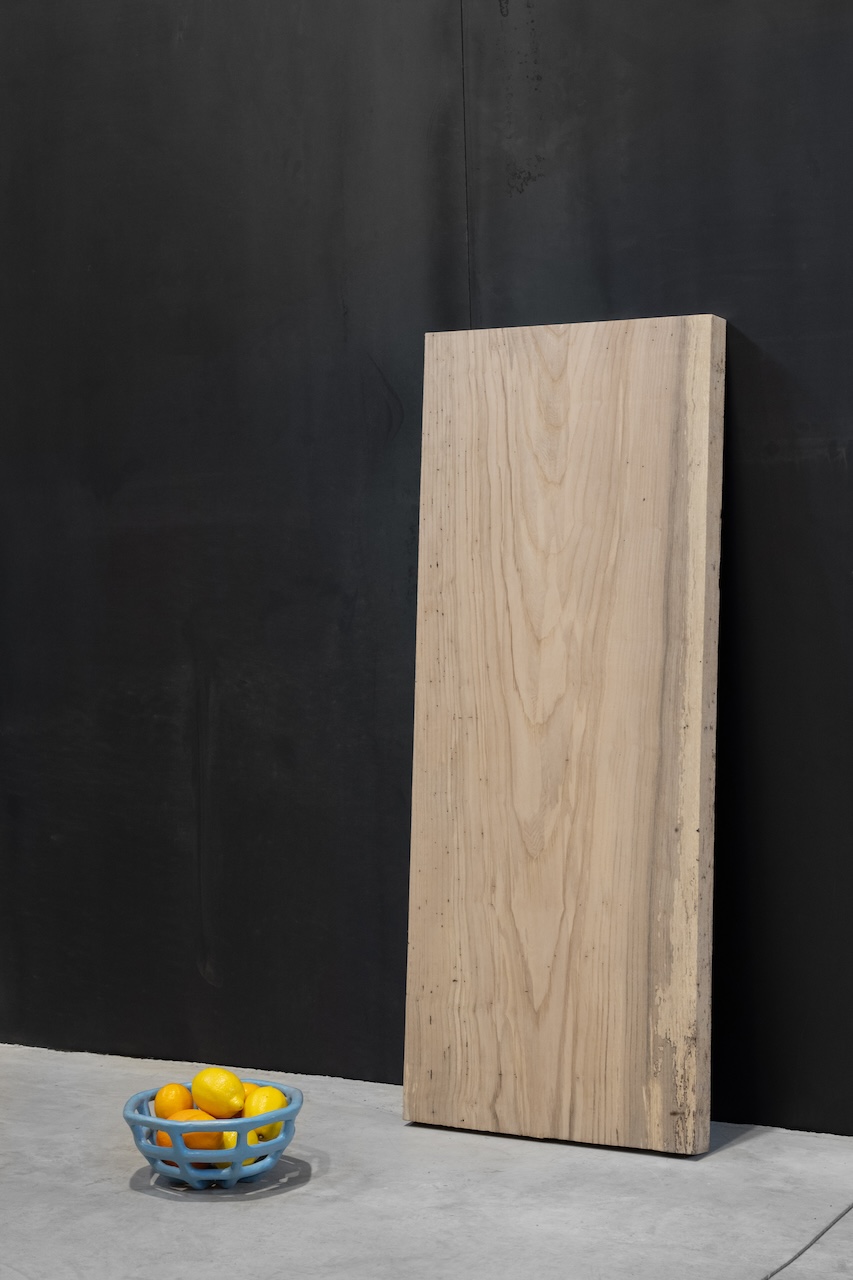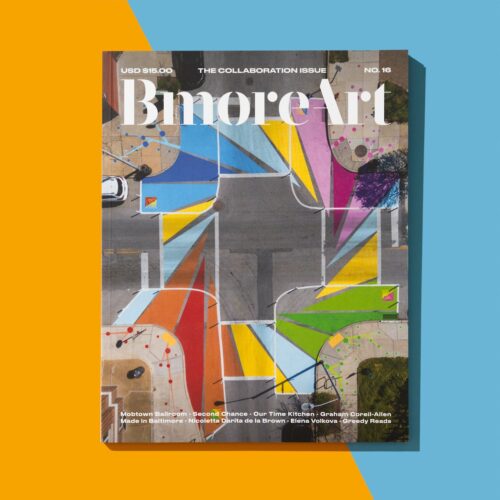When Baltimore Mayor Brandon Scott posted his “Baby Charm” announcement on Instagram last spring, his photo included a cute stuffed elephant, a sonogram photo, and a tiny blue onesie with a round logo that says “Made in Baltimore.” The shape references a bottle cap, a product invented in Baltimore in 1892 by William Painter which transformed the Crown Cork and Seal company into a national manufacturing power- house for the first half of the 20th century.
You’ve probably noticed the Made in Baltimore (MIB) logo while surfing the internet or shopping in real life. The classic design operates as an emblem of authenticity and civic pride, signifying that your purchase is an investment in Baltimore itself, and the growing network of independent makers, manufacturers, and businesses designed to collectively promote one another and foster a creative economy.
“Ten years ago it was rare to spot locally made goods in stores in Baltimore, but now we can see real progress,” says Andy Cook, MIB’s founder and executive director. “More than anything else, we are an organizing platform. We offer support to a community of maker-entrepreneurs, helping them find each other, work together, and build a market for locally made products.”
Cook is a Baltimore native and graduate of Carver Center, Cooper Union, and MIT, with degrees in fine arts and city planning. After a decade spent as a photojournalist in Baltimore and New Orleans, Cook became an environmental planner at the Baltimore Office of Sustainability, where he helped to pilot programs for Baltimore City Recreation and Parks and the Department of Public Works.
Cook’s work there focused on catalyzing the ‘green job’ potential of Baltimore’s vacant industrial spaces, addressing the triple bottom line concept of sustainability: job equity and entrepreneurship that pays a living wage, environmental production that relies less on fossil fuels for shipping and packaging, and economic sustainability to keep wealth circulating locally.
